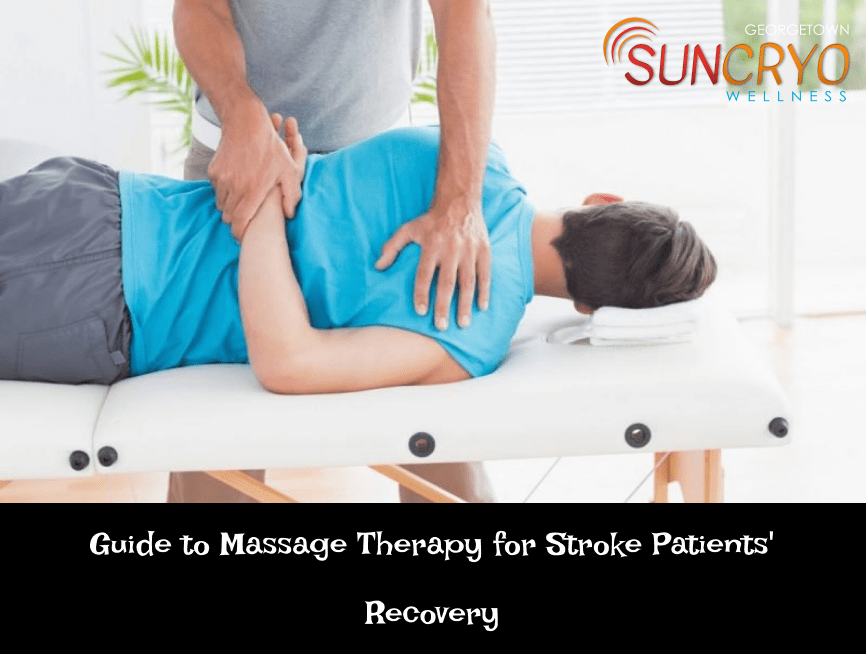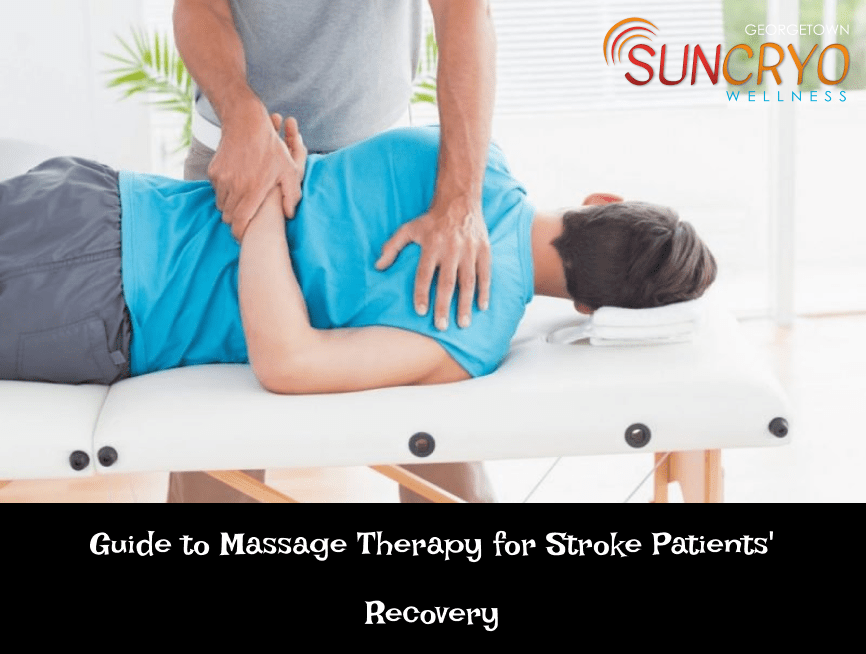Massage Therapy for Stroke Patients’ Recovery

Massage therapy has emerged as a promising adjunct therapy in aiding the recovery process for stroke patients. The aftermath of a stroke can be physically and emotionally challenging, affecting the individual’s mobility, muscle control, and overall well-being. In our comprehensive guide, we delve into the nuanced benefits and considerations of massage therapy, outlining its potential to assist in stroke patients’ rehabilitation.
Understanding the Impact of Stroke on Patients
A stroke, often referred to as a “brain attack,” occurs when the blood supply to a part of the brain is interrupted or reduced, leading to the deprivation of oxygen and nutrients. This sudden interruption can have severe consequences, such as paralysis, impaired speech, loss of muscle control, and altered sensations. Stroke patients often face challenges in performing everyday activities, diminishing their quality of life.
The Role of Massage Therapy in Stroke Recovery
Massage therapy, known for its therapeutic effects, has gained recognition as an alternative approach in the holistic recovery journey of stroke survivors. The gentle manipulation of muscles, tissues, and joints through various techniques can provide multifaceted benefits:
Enhanced Circulation and Blood Flow
Stroke often impairs blood circulation, contributing to muscle weakness and limited mobility. Massage therapy aids in improving blood circulation, facilitating the delivery of essential nutrients and oxygen to affected areas. Increased blood flow can promote tissue healing and alleviate muscle tension, fostering a conducive environment for recovery.
Muscle Rehabilitation and Mobility Improvement
Post-stroke muscle weakness and stiffness can hinder movement and coordination. Targeted massage techniques help in relaxing tightened muscles, reducing spasms, and promoting flexibility. By stimulating muscle activity and proprioception, massage therapy contributes to regaining control and function of affected body parts.
Alleviation of Pain and Stress
Stroke patients commonly experience physical discomfort and emotional distress. Massage therapy serves as a natural pain-relieving method by triggering the release of endorphins, the body’s natural painkillers. Additionally, it induces relaxation, reducing stress levels and promoting a sense of well-being.
Neurological Support and Sensory Enhancement
Incorporating specific massage techniques aids in stimulating neurological pathways, potentially enhancing sensory perception in stroke-affected areas. This targeted approach aims to reconnect neural connections and encourage sensory improvement over time.
Considerations for Massage Therapy in Stroke Patients
While massage therapy presents numerous potential benefits, several considerations must be taken into account:
- Consultation: Always seek advice from healthcare professionals or certified massage therapists specializing in treating stroke patients.
- Individualized Approach: Each stroke survivor’s condition is unique; hence, the massage therapy should be tailored to their specific needs and medical history.
- Modality and Technique: Certain massage modalities, such as Swedish massage, gentle stretching, or myofascial release, may be more suitable and safe for stroke patients.
- Monitoring and Evaluation: Regular monitoring and assessment of the patient’s response to massage therapy are crucial for gauging its effectiveness and making necessary adjustments.
Conclusion
In summary, the integration of massage therapy as part of stroke patients’ rehabilitation programs exhibits significant potential in aiding recovery and improving their overall well-being. However, it’s imperative to approach massage therapy for stroke survivors with caution, ensuring it aligns with individual health conditions and is performed by trained professionals.
